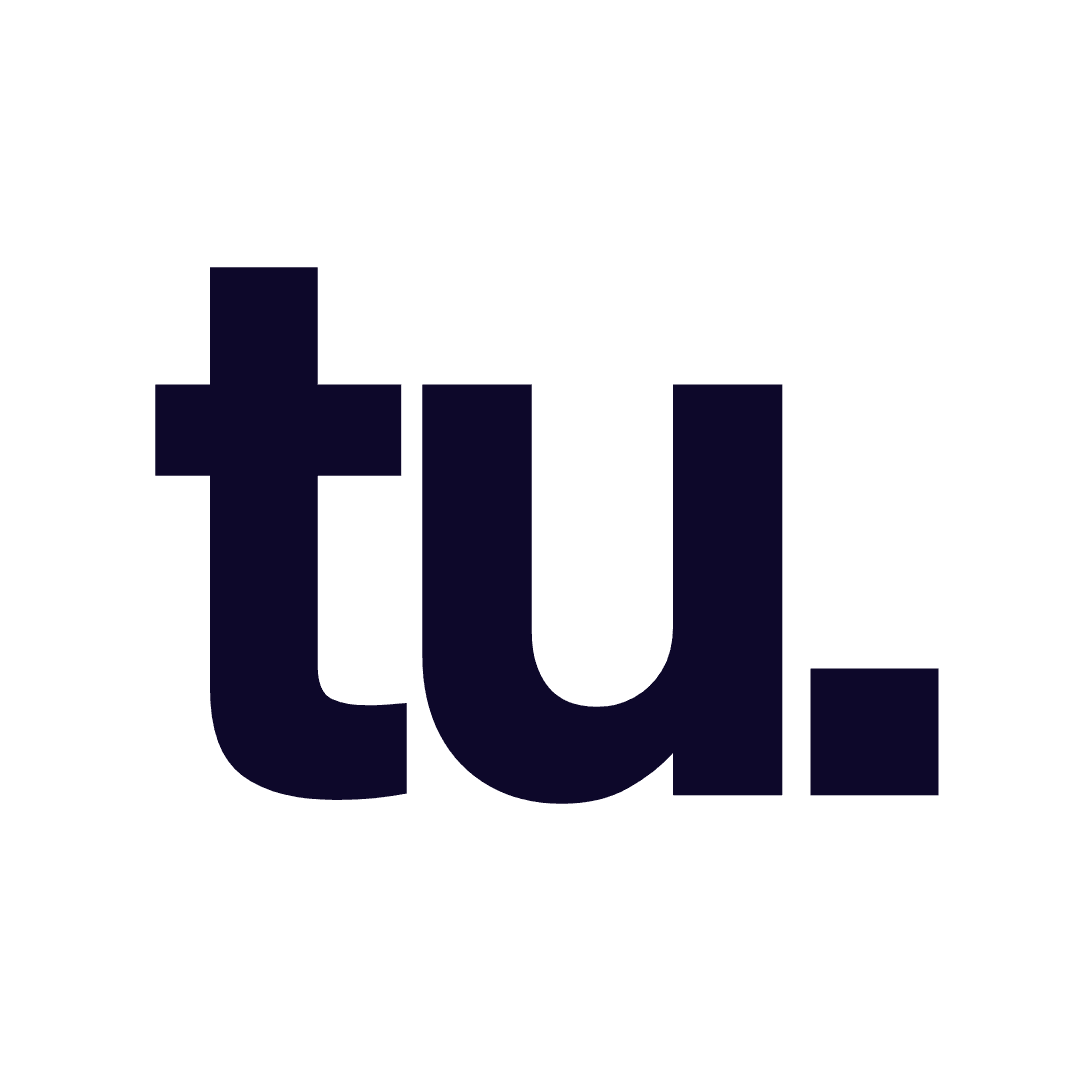As you advance in your career, the stakes of your decisions hold more weight.
Every choice can unlock new levels of growth or quietly hold you back. Effective decision-making is not just a skill, but rather a critical driver of your success and impact.
In fact, to be an effective leader, so much of it comes down to making the right decisions, especially in how best to allocate resources.
On top of that, making accurate decisions is really the name of the game.
Yet, even the most capable leaders can fall into traps of bias, uncertainty, or overthinking. Peak performers know that great decisions require clarity, courage, and the ability to act decisively, even in uncertain conditions or with little information.
This past year, I've interviewed dozens of C-level executives and VPs from companies like Walmart, L'Oréal, Samsung, Microsoft, ALDO, Amazon and more. Many of them reiterated how their ability to make swift decisions was a key contributor in reaching their senior ranks. More specifically, by making decisions with confidence, it instilled the needed trust and commitment from their teams to follow their lead and focus on the right action steps.
Here's how you can do it too.

My interview with the Global President of ALDO, Michel Fahmy.
Downfalls to avoid
Effective decision-making is just as much about the decision itself as it is the process to arrive there. That said, here's 3 missteps that easily get in your way:
→ Emotional biases: These biases occur when your emotions (such as fear, excitement, frustration) cloud your ability to assess situations impartially. For example, consider the 'sunk cost fallacy,' a common emotional bias where you continue investing in a losing proposition simply because you've already invested significant resources into it. This emotional attachment to past investments leads to poor decision-making, overshadowing logical considerations with the weight of emotional investments.
→ Information overload: This often leads to analysis paralysis or snap judgments without the necessary due diligence. You get so caught up in evaluating and processing information that decision-making becomes sluggish or even stagnant. This can happen on a key project you're working on or even in your day-to-day work by focusing on the wrong things that don't actually move the business forward.
→ Overconfidence: This can create blinders to potential risks and alternative perspectives. This cognitive bias occurs when the confidence in your own judgment exceeds the accuracy of those judgments. For example, your company might enter a new market, driven by the CEO's overconfidence in replicating domestic success. This could result in insufficient market analysis, overlooked cultural differences, and over-reliance on brand reputation, leading to unexpected challenges that could have been anticipated.
3 ways to improve your decision-making accuracy
1/ Build your critical thinking muscle
Critical thinking means questioning assumptions, analyzing evidence, and evaluating arguments. It's about stepping back from the obvious to consider all dimensions of a problem or situation.
When paired with analytical thinking, which focuses on breaking down information and using logic, you create a powerful decision-making framework that counteracts bias and impulse.
Here's 4 practical steps to develop this better in your daily work:
→ Question assumptions in meetings: Before agreeing with a proposed solution, ask questions like “What’s the evidence for this?” or “Are there alternative perspectives we’ve overlooked?”. This will help you to explore other paths or allow you to make a more informed decision with the information you have.
→ Use a quick SWOT framework: Go beyond a simple pros and cons list. When making decisions, jot down strengths, weaknesses, opportunities, and threats for each option. This simple exercise clarifies trade-offs in minutes. Pro tip: Vet the decision with other leaders in your department or teammates to factor in their feedback. This can ensure you don't leave any stone unturned in your own considerations.
→ Debrief past decisions weekly: Reflect on a recent decision and evaluate what went well, what could have been done differently, and what you'd keep the same if the situation happened again. Pro tip: This can even be used in doing post-mortems on key projects and shared with your leadership team to inform decisions across other departments based on your learnings.
→ Test with small experiments: Instead of committing fully, try a pilot or test run first. You can take one task or part of a project and make a hypothesis-driven decision. For example, your hypothesis may be that by going after X market segment and re-allocating marketing funds to Y product line only, this will drive a stronger market share gain this quarter than your initial plan. This is also a great way of overcoming pushback on your decisions to test and prove a part of it before rolling out the next phase. From here, analyze the results to refine your approach before scaling up.
2/ Activate your emotional intelligence and bias awareness
Emotional intelligence (EI) is ultimately about recognizing and managing your emotions while empathizing with others. This plays a key role in objective decision-making and building collaboration. At the same time, bias awareness complements EI by helping you identify and counteract subconscious biases that could otherwise distort your judgment.
Here's 4 steps to help you put this into action:
→ Pause and label your emotions: Before making a decision, ask yourself “Am I feeling stressed, frustrated, or overly excited?” or “How might this affect my judgment?”. A quick pause to identify and connect with your emotions can help recalibrate your objectivity before making a decision.
→ Set a bias checkpoint: Use prompts like “Am I leaning toward this choice because it aligns with my assumptions?” or “Have I considered alternative perspectives?”. This will help you build an internal sounding board where you don't overthink, but rather assess the neutrality of your decision-making.
→ Foster open dialogue with your team: Encourage input from others to make well-rounded decisions. For example, asking “What potential risks are we not seeing?” or “Who has a different view on this?” will not only empower others to have their voice heard, but also allow you to factor in further information to boost your decision-making confidence.
→ Debrief emotional and bias triggers: After key decisions, reflect on whether your emotions like stress or excitement were involved or if any biases influenced the outcome. Regular reflection helps you recognize patterns and adjust over time. It can also help you better identify this in others to facilitate accurate decisions that influence other teams and potential departments. The best part? This contributes nicely towards your reputation internally and the way you make others feel when working together.
[Check out my recent newsletter on 5 principles to build your reputation]
3/ Create decision-making criteria and models
Clear decision-making criteria and models ensure structured, objective, and accurate evaluations of your options. They replace guesswork with defined objectives and systematic frameworks, enabling better alignment with goals and mitigating biases.
For instance, if your company is looking to invest in new technology, your leadership team might establish criteria based on cost, scalability, compatibility with existing systems, and potential ROI. By adhering to these criteria, they can objectively assess each option, making it easier to compare alternatives and select the one that best aligns with their goals.
Here's 4 steps to apply decision-making models effectively in your work:
→ Define key criteria before starting: Identify what matters most, such as cost, scalability, or ROI. For example, “What are the top 3 must-haves for this decision?” or "What is my #1 non-negotiable in this decision?". This focus keeps the evaluation objective while ensuring you don't get distracted by tangents.
→ Use weighted scoring for complex choices: Assign weights to criteria based on importance, then score each option. For instance, if cost is 40% of the decision and ROI is 60%, evaluate options accordingly to highlight the best fit. Pro tip: Narrow down choices in sets of 2. It's much easier to decide between 2 options and keep narrowing down from there, versus choosing from multiple options at once.
→ Assess against your goals: Break things down into smaller decisions and list respective benefits and drawbacks. Ask questions like “Which option aligns better with our key goals?” or "If we didn't do this, what consequence would this have?" or "What's the opportunity cost of not moving forward with X?". Instead of it feeling like a mountain to overcome, you can make sharper and more accurate decisions along the way.
→ Review and update models regularly: Periodically reassess your criteria. For example, “Do our criteria still match our goals?” or "Should we now adjust based on X change this past quarter?". Pro tip: Group your decision-making models for certain types of projects or tasks. It will allow you to tap into them more naturally and think on your feet, especially when urgent decisions are needed with less information at hand.
How will you make better decisions?
As you grow in your career, it's not about making more decisions. It's about making the right ones with accuracy. By practicing the above strategies regularly, you'll be equipped to make objective, impactful decisions that drive success for you and your teams, while levelling up your leadership and influence.
You've got this!
PS. If you struggle with this and want to make better decisions in your career, simply reply back to this newsletter. I'd love to help.
Free Peak Performers newsletter
Practical career tips that actually work.
Every Monday and Friday, get easy-to-use strategies and scripts to land better roles, faster promotions and more growth (and look great in front of your boss).
100% free • unsubscribe anytime.



